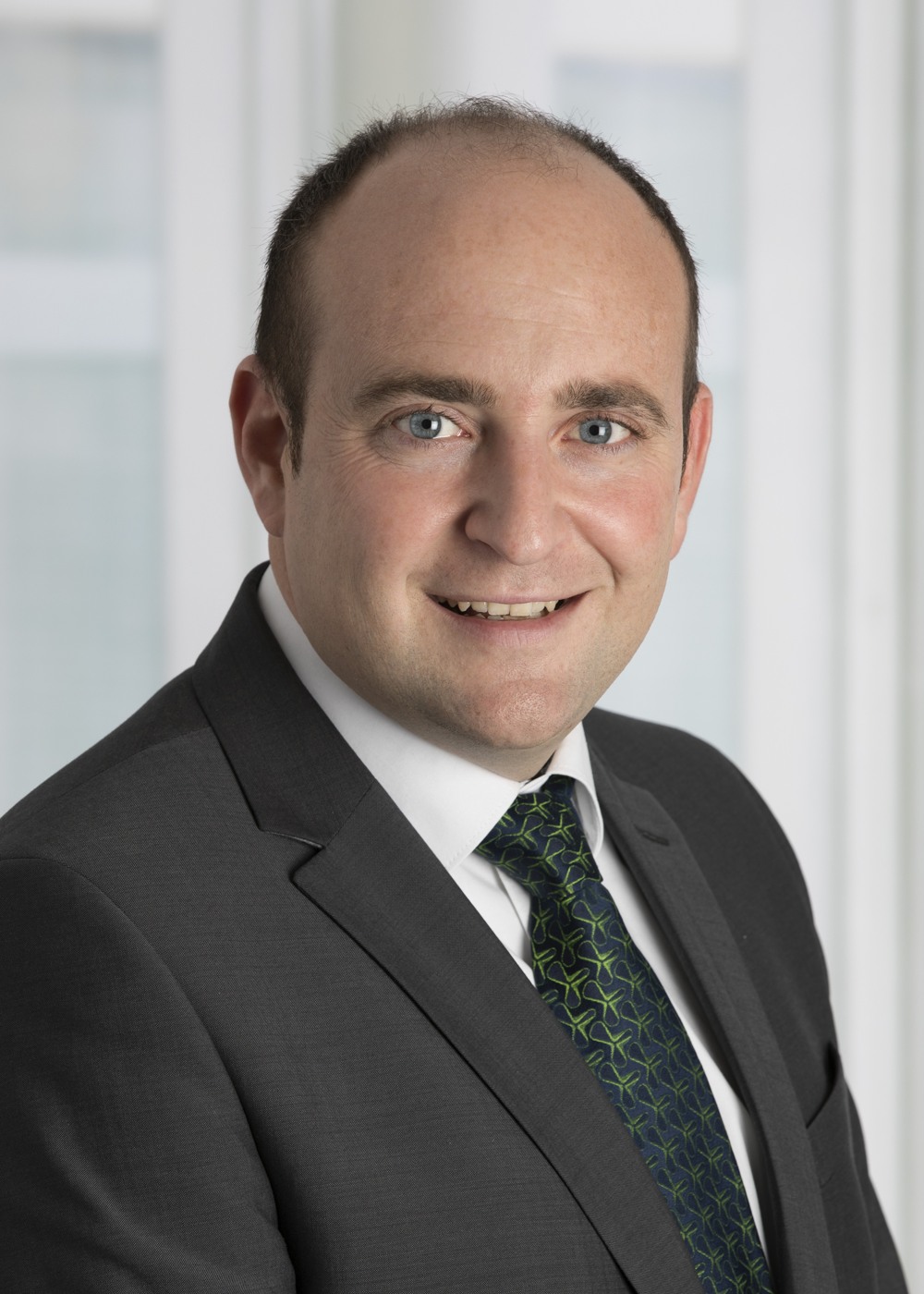Get ready for active innovations!

In a Q&A session, Dr Norbert Müller, head of Engel’s Centre for Lightweight Composite Technologies, and Matthias Mayr, head of Engel’s Composite Systems tell Composites in Manufacturing how the automotive industry can obtain maximum efficiency for complex composite processes.
In a Q&A session, Dr Norbert Müller, head of Engel’s Centre for Lightweight Composite Technologies, and Matthias Mayr, head of Engel’s Composite Systems tell Composites in Manufacturing how the automotive industry can obtain maximum efficiency for complex composite processes.
Q) Is the composite manufacturing industry ‘really’ ready for the potential of high volume, fast production of CFRP saloon car structural parts?
Norbert Müller (pictured right): Absolutely! Several processes have already been developed to the point of series readiness. In the thermoset area these are, for example, RTM processes that are complemented with wet pressing and innovative carbon SMC technologies, mainly for reasons of cost-effectiveness. In addition, we’re observing a strong trend towards thermoplastic composites. The processing of organic sheets presents a mature technology for high-volume series, and we’ve also made considerable progress in the area of tape processing. Tape technology opens up new possibilities for load-optimised component design and greater efficiency in processing operations.
Q) CFRPs are expensive and the processes used to convert them into components too slow for use in high volume manufacture. What kinds of developments and processes is the automotive industry looking at that would solve these shortcomings?

Müller: With the increase in materials consumption, material prices are expected to decrease. This means that each application continues to advance the development and the establishment of innovative processes in practice.
It is no longer true that the processes are too slow. The thermoset processes achieve cycle times between 3 and 5 minutes, while in addition, multi-cavity moulds and large presses ensure competitive productivity.
With the thermoplastic processes, our goal is a cycle time of one minute or less, and in many cases, we’re achieving that. We are, of course, referring to the complete cycle time. We’re measuring ourselves against injection moulding processes with a high degree of process integration and automation. This means that stacking the tapes, consolidation and heating in the infrared oven have to follow the rhythm of the injection moulding step.
However, it's important not to integrate at any price. Whether it makes sense to integrate various processes should be analysed in detail for each individual case. In some cases, a multi-step procedure may achieve a higher degree of productivity and efficiency than a single-step, highly integrated procedure.
Q) What are the key issues that need addressing in order to achieve cost competitive production rates?

Matthias Mayr (pictured right): As previously mentioned, not everything that is technologically possible always makes sense in each individual case. A realistic initial evaluation of the lightweight construction potential is generally important in order to really design from scratch under these circumstances. This applies to the product design as well as the manufacturing process, both of which are of course interlinked.
Maximum lightweight construction should not be defined as the goal. It is really about aligning lightweight construction with economic efficiency. The result then might be, for example, a combination of 50% CF composite and 50% injection moulding, since this only increases manufacturing costs by a small margin as compared to the 100% composite solution. This opens up the path to high-volume series.
Q) What evidence or examples have you seen that demonstrates the industry’s commitment to the long-term vision for the adoption of composites by the serial automotive industry?
Mayr: We are receiving an increasing number of project inquiries, which is what led to the establishment of Engel Composite Systems in the autumn of last year. This confirms that the automotive industry is intensely focused on the subject and has recognised the huge potential of innovative composite technologies.

One of the first, by now successfully completed projects, is the CFRP rear wall of the Audi A8, which is being produced by Voith, in Garching near Munich, using HP-RTM on a v-duo machine by Engel.
The processing and functionalisation of organic sheets using the Engel organomelt process will soon be used in the first larger series applications in the automotive industry. To this end, we’ve provided each of two well-known tier suppliers with an integrated system, including automation and IR oven. Also, in the area of HP-RTM we are currently working on a large series project involving large quantities of suspension components.
Q) What achievements can the UK composites manufacturing industry shout about relating to some key wins in the automotive sector?
Mayr: An important customer and partner of Engel in the UK is the Automotive Composite Research Centre of WMG at the University of Warwick. WMG supports the automotive industry in the development of innovative technologies. Series processes for CFRP components are being developed there on an Engel v-duo system. In addition, we are working closely with the National Composites Centre. Furthermore, the Northern Ireland-based CCP Gransden has invested in a v-duo press for the production of precise fibre composite applications. CCP Gransden operates in the aerospace, automotive and defence sectors among others.
Q) Typically, what structural car components stand to benefit the most from being manufactured from CFRP?
Müller: In the case of large components such as roofs, bumper brackets or engine hoods, the weight reduction is of course particularly impressive; in principle, however, since the vehicle is the sum of all parts, all components are examined for their lightweight construction potential. Due to the outstanding rigidity of composite materials, even safety-relevant components such as brake pedals are designed according to lightweight construction principles. The Audi A8 is an example for large components in which the anisotropy of, for example, non-consolidated carbon tapes can be used to good advantage. The rear wall is made of CFRP.
Q) Obvious question, but ultimately will the price of CFRP saloon cars be an issue in comparison to traditionally built cars or will automotive OEMs be forced to swallow any additional production costs just to satisfy the EU CO2 mandate?
Müller: In the mid-term, all parties involved, i.e. material producers, machine builders, manufacturers and OEMs, have to be able to make money with CF-based lightweight hybrid solutions. New technologies will only be successful if we proceed step-by-step and coordinate each step with the economically achievable lightweight construction at the time.
Composite technologies are maturing, and we must meet the associated challenges. Only by utilising currently available technologies can we continue to evolve the processes and make them even more efficient.
It is possible that the EU requirements for the reduction of CO2 emissions will result in an increased demand for smaller vehicles. Weight intensive equipment components will certainly be re-evaluated; however, I do not expect the use of expensive lightweight hybrid components in large volume series unless the OEM can generate corresponding earnings.
Q) Finally, anything else that you would like to add?
Mayr: We wish that the OEMs and automotive corporations would develop confidence in new technologies more rapidly. Many technologies are ready for series production and will continue to evolve only through the experience gained in practice. With our Centre for Lightweight Composite Technologies on the one hand and Engel Composite Systems on the other, we are optimally positioned to support our customers throughout all stages – from product development through series production.








